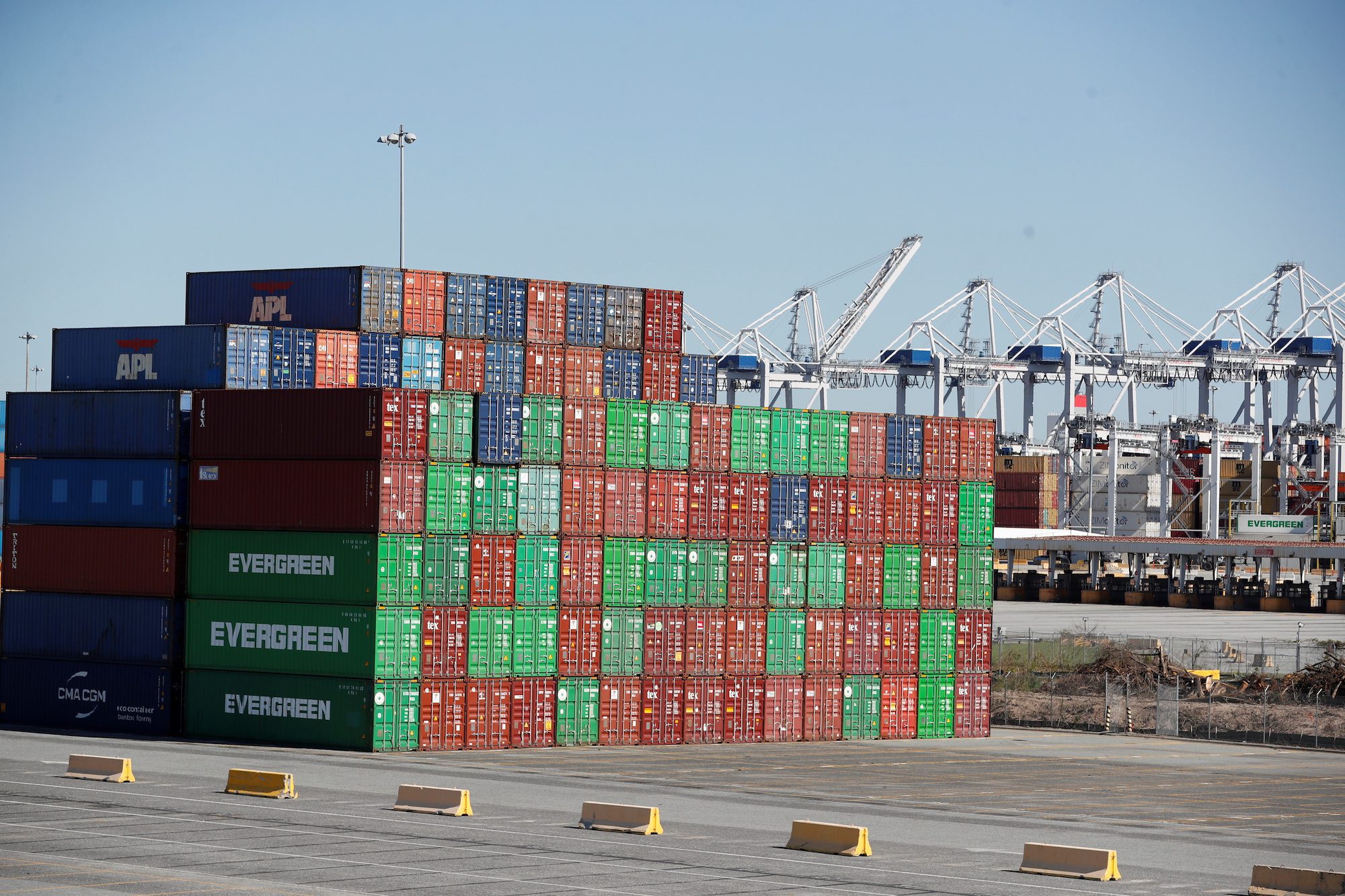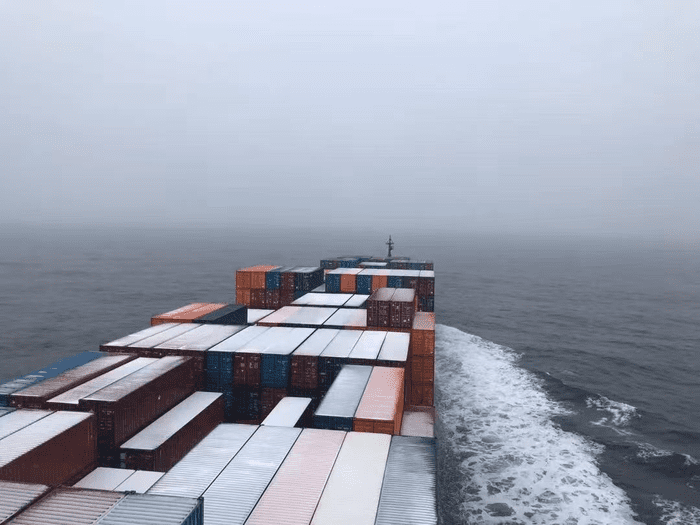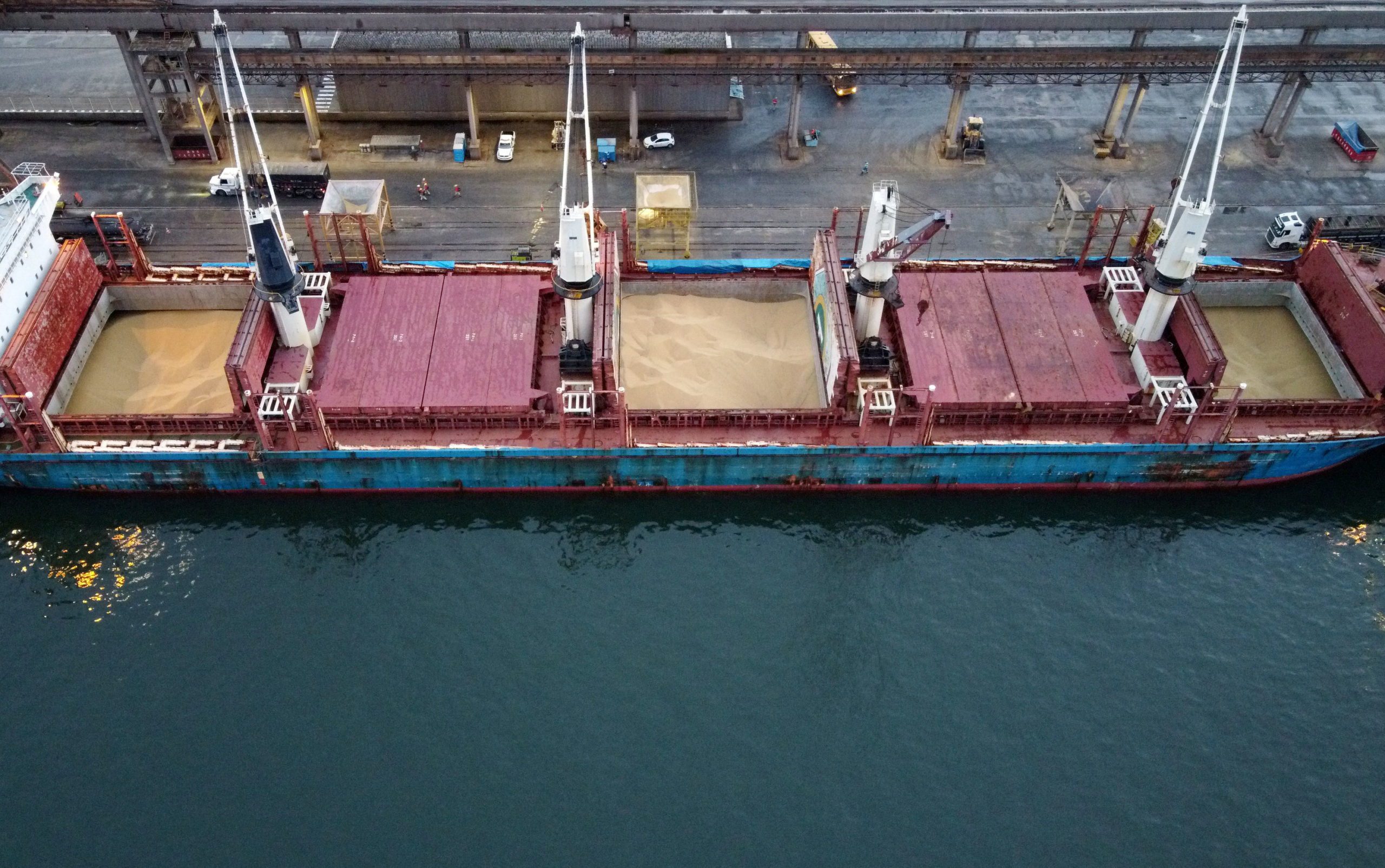By Mike Wackett (The Loadstar) US import container volumes grew by 5.9% in June, year on year, defying weaker consumer demand trends.
According to the latest McCown Report, throughput at the top ten US container ports reached 2,164,789 teu last month, after a 3% gain in May and a 5.1% increase in April.
This represented a huge, 26.9%, increase on the pre-pandemic levels of June 2019, evidence of the nation’s insatiable appetite for imported goods.
The US east and Gulf coast ports again saw the biggest increase in boxed imports, up 9.7%, to 1,086,380 teu, compared with the 2.3% rise for west coast ports at 1,078,409 teu.
Moreover, New York’s 13.4% rise in import volume, to 438,553 teu, put the port within striking distance of usurping Los Angeles as the top US container port; the latter showing a decline of 4.9%, to 444,680 teu.
Report author John McCown said the coastal shift trend had continued at pace in June, the result being that as many ships are now awaiting berths at New York and Houston as idled at Los Angeles and Long Beach combined.
He noted that port congestion contagion had now shifted eastwards, with two-thirds of ships anchored on the east coast, a reversal of the position of six months ago.
“This whack-a-mole effect, where relief on the west coast resulting from deployment changes led to moving some of that congestion to east/Gulf coast ports, is yet another example of the network effects within container shipping systems that have been evident throughout the pandemic,” said Mr McCown.
He said it was clear that congestion at US ports was driven by the inability to get boxes out of terminals and not in getting containers off ships.
“Those bottlenecks result from an array of issues, including the interface with other modes and capacity constraints, as well as equipment cycle time expansions further down the supply chain,” said Mr McCown.
He argued that the port system in the US is “not in a position to accommodate the geometric growth on the foreseeable horizon”.
Arguing that containers cannot be stacked higher at terminals without further reducing efficiency, Mr McCown called for new terminals to be constructed, including greenfield inland facilities where containers could be shuttled directly from discharging ships.
Meanwhile, the demise of America’s export trade continued in June, with laden containers declining a further 4.1% cumulatively, to 767,823 teu, at the top ten ports.
By comparison with June 2019, exports were down 16.2%, and the ratio between imports and exports is continuing to grow; now standing at 2.82, compared with 2.52 in 2021, 2.19 in 2020 and a much healthier 1.85 in 2019.
The export decline is attributed to the impact of China tariffs on exports, as well as carriers preferring to reposition their equipment back to Asia due to the spike in headhaul freight rates.
The Loadstar is known at the highest levels of logistics and supply chain management as one of the best sources of influential analysis and commentary.

 Join The Club
Join The Club











